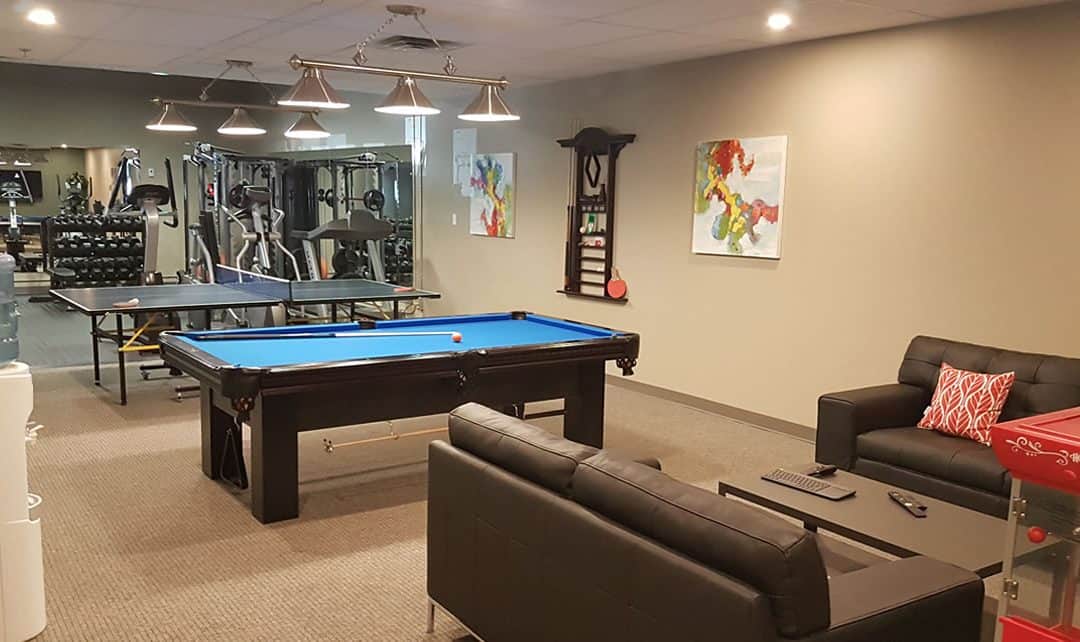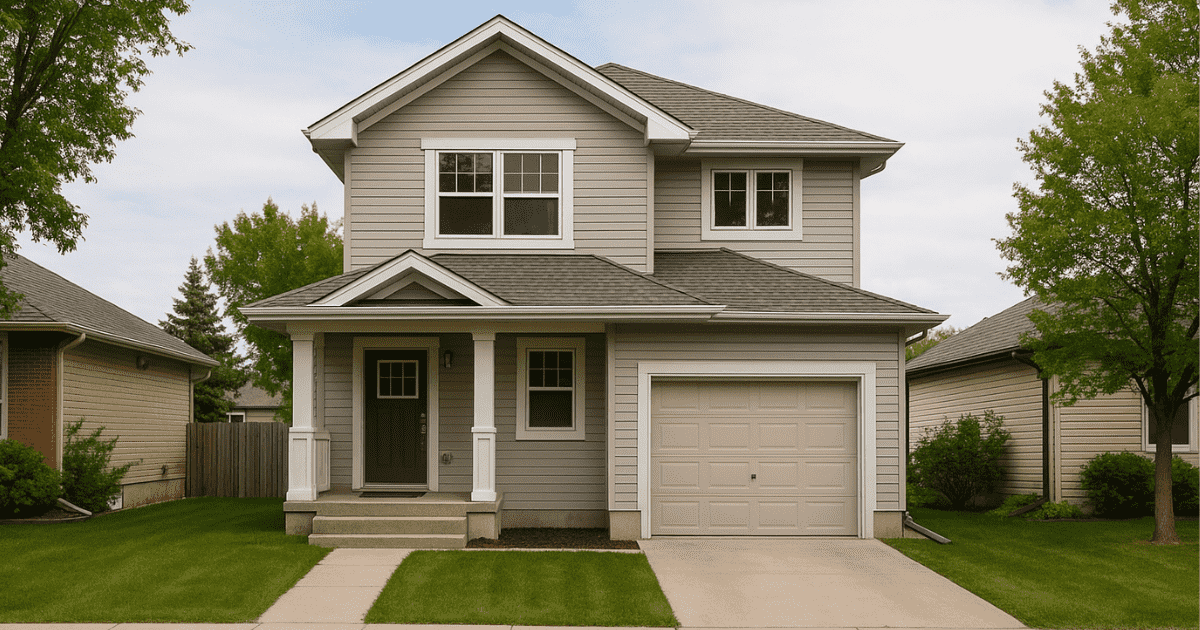Their home was a one-room hut made of wattle and daub with a thatch roof. At night, they slept on a dirt floor or, if they were lucky, a coarse bag made of jute stuffed with leaves from the sugar cane plant.
This was a typical home for many slaves in the Caribbean before and immediately after abolition. In addition to the physically demanding work of planting and harvesting crops including tobacco, cotton and sugar cane, slaves were expected to feed, clothe and house themselves.

The construction technique employed a woven lattice of wooden strips called wattle. (Photo by Diane Slawych)
They made do with what they had, which wasn’t much, and many died from a combination of overwork, malnourishment and inadequate housing (Caribbean mornings and evenings can be cool, particularly in the winter months and West Africans who were brought over as forced labour had relatively little tolerance for cold).
Though the original flimsy huts have all but disappeared, one man on the French Caribbean island of Martinique has gone to great effort to build several authentic versions of these early structures, in a village setting called La Savane des Esclaves (the Slaves’ Savannah) in Les Trois Ilets.
Gilbert Larose, who describes his ancestry as a mix of African, French and Indian, spent five years developing the two-hectare site on a grassy slope, which includes a medicinal garden, tropical fruit trees, some farm animals, heritage art, a small museum and an opportunity to see how traditional food staples, such as cocoa sticks and manioc are prepared. The project was a labour of love, designed, says Larose, to keep the memory of the island’s history and traditions alive. It is now one of the island’s top attractions.
The recreated slave huts are one of the highlights and are of the type that would’ve been found in the southern part of the island beginning in the early 19th century and after abolition, which happened in Martinique (and all the French territories) on May 22, 1848.
At one hut, Larose has exposed one of the exterior walls to show the construction technique that employed a woven lattice of wooden strips called wattle. It was held together with a combination of wet soil, sand, cow dung and straw and covered in a white wash that kept the hut cool, even when the sun was at its brightest.
Other than a few wooden bowls, a water jug and an iron pot for boiling their meals, most slaves had no furniture. One hut at the Slaves’ Savannah contains a clothes iron, a 100-year-old wooden table and a bed fashioned from a burlap bag stuffed with leaves. A fire pit for cooking is located outside the dwelling and a broom made from palm fronds rests near the door.
The huts were tiny, generally about 12 square feet, but in time, second rooms were added to accommodate children. The huts functioned mainly as a place to sleep, as waking hours were mostly spent out of doors.
On a guided tour of the property, Larose explained that an elderly slave on the plantation was given the “right of savannah,” allowing him to live on his own on a small parcel of land next to his house.
That plot of land would have had a garden, much like the one Larose has created here where vegetables, plants and herbs grow. He points out the okra, corn, beans, peas, cassava, peppers, sweet potatoes and pineapple in the garden, and the trees – such as breadfruit, guava and cashew nut that provide additional sustenance. And there’s the pandanus plant, the leaves of which are used to make Martinique’s traditional Bakoua hat.
Sporting the locally made conical hat, Larose explained he felt it was his duty to create this attraction. “It’s a history not everyone knows about and the only way you can evolve is by knowing your history.”
Diane Slawych is a contributing writer for REM.















